"Amenooto" is a popular ramen shop in Tochigi Prefecture, Sano Prefecture, that offers a different flavor to Sano ramen.

"UNITED NOODLE AMENOOTO" opened in Sano City Tochigi Prefecture in September 2016. It is a ramen shop with the concept of being as comfortable as the sound of rain, and is casual and easy for women to enter alone. Although it is located in Sano, you can enjoy a taste that is not typical of Sano ramen.
-
Table of Contents
- What is UNITED NOODLE AMENOOTO?
- Access to UNITED NOODLE AMENOOTO
- The owner's recommendation is the basic soy sauce soba.
- We also recommend trying the kelp dashi tsukemen.
- Ordering Method and Manners
- A word from the owner, Yuichi Wada
What is UNITED NOODLE AMENOOTO?
In 2012, the owner, Yuichi Wada, worked in the apparel industry before joining Chuka Soba Sanji, where he developed his own light soup while honing his skills. In September 2016, he opened " UNITED NOODLE AME-NO-OTO " in Sano City , Tochigi Tochigi Prefecture , as an independent store within the group. The word " AME-NO-OTO" was added to the store name, as the owner wanted to create a comfortable space like the gentle sound of rain that soothes people's hearts. Although it is the home of Sano ramen, a local ramen that is an important part of modern food culture, the store has a stylish exterior like a seaside cafe , and the comfortable interior has popular groups playing songs in the background. In this environment, the original ramen and other noodles you can enjoy are made to soothe both body and mind. The store is full of elements that will make you want to visit frequently, such as ramen that is only available on SNS.
In addition to the ramen, there are also side dishes such as smoked rare pork rice bowl and fried dumplings that are not to be missed.

Access to UNITED NOODLE AMENOOTO
6 minutes by car from JR Sano Station on the Ryomo Line. 6 minutes by car from Sano Station on the Tobu Sano . 4 minutes by car from Horigome Station on the Tobu Sano Sano.

The owner's recommendation is the basic soy sauce soba.
The sharp taste of soy sauce coexists well with the mellowness of the chicken clear soup , making for a rich soup. The chewy, thin noodles with a strong wheat flavor go well with it. The way the soup is brought out is just irresistible! It may be a match with the soup that can only be made with homemade noodles. The char siu is particularly noteworthy here. It is topped with two types of char siu: rare char siu from the shoulder loin and hanging roasted char siu from the shoulder loin . It is not the usual rare char siu, but the taste of steak itself is the best part of this Chinese noodle. The secret is that they use steak seasoning when preparing it. It is so delicious that I think the restaurant could run on its own with just this char siu. The menma is extra thick and seasoned with clear soup and dashi made from shiitake mushrooms and dried sardines, and is soft yet firm, making it satisfying to eat.

This time there were no toppings, but because the seasoned eggs are made from free-range chickens , there are only 20 servings available . If you'd like to try them, hurry up! Of course, regular seasoned eggs are also available.
In addition, the meat wontons made with a mixture of minced chicken and pork are also delicious. The wonton skin is made to order by Isoya Seimen and has a smooth and chewy texture. Please try adding toppings to your dish!
Attention to detail in soup and seasoning
The soy sauce soba is made with Nasu chicken, Nasu chicken pulp, chicken wings, etc. , and the soup is made by extracting the flavor of chicken with water at low temperature. The special soy sauce sauce used is a blend of three types of soy sauce, including Yugeta raw soy sauce, sweetened salt, dried ingredients, etc., and is made to maximize the flavor of the chicken.
The salt soba is made with a 100% clam broth, seafood such as kelp and dried sardines, and seasoned with a salt sauce made from a blend of six types of salt and Shichifuku SiroSyouyu.

The photo shows the dipping sauce for kelp water tsukemen.
The kelp water used in tsukemen is made from dried ingredients such as Rishiri kelp, Kagome kelp, konbu root, and dried flakes .
Attention to detail in noodles
The noodles are homemade using domestic wheat, and the thickness of the noodles varies between the Chuka soba and Tsukemen. They have a firm texture and a soft wheat aroma . The sweetness is perfectly balanced with the saltiness of the soup, making for a very satisfying Chuka soba.

Attention to detail in the store
Being from an apparel background, the interior design of the store is unique. The cozy space has a warm, woody feel, making it feel like a boutique and not like a ramen shop. The layout of the tables is spacious and not crammed , making it friendly for ladies' lunch parties and customers with children. The counter seats are high and easy to sit at, and are designed so that even women can enjoy their ramen at their own pace , which is a testament to the owner Wada's customer -first approach.
Thoughtful attention has been paid to every detail, such as the provision of high chairs and lemon water .

Attention to detail in tableware
The dishes are made of Arita ware, a porcelain from Arida City , Saga Prefecture . Arita ware is a historic pottery that dates back to the time of Toyotomi Hideyoshi, and is a world-famous luxury pottery. They are particular about the custom-made dishes in which to serve their delicious Chinese noodles and tsukemen, and they deliberately had the edges carved out to be matte, with the Chinese noodles in blue, which is AME-NO-OTO's image color, and the tsukemen in white with a raindrop-like pattern, making the dishes stand out while also highlighting the Chinese noodles and tsukemen. It is amazing how the designs are so wonderful.

We also recommend trying the kelp dashi tsukemen.
The beautiful homemade noodles, dipped in slightly sticky, clear kelp water, shine, and next to them is the light amber-colored soup that has been carefully researched. It is a work of art. First, eat the noodles as is to enjoy their deliciousness. The natural flavor of the wheat bounces in your mouth along with the sticky kelp water. Next, add a little seaweed salt , which goes perfectly with the noodles, and you can feel the sweetness of the wheat even more, and you will think that you can eat the whole noodle with just this. The moderate acidity of the lemon that comes with it also adds to the deliciousness. When you dip the noodles halfway into the soup and bring them to your mouth, they taste different from before, with the deliciousness of the chicken stock and special soy sauce sauce working together, and the kelp water that coats the noodles makes a duet that is superb. The soup is neither too thick nor too thin, and this sense of balance is the work of a craftsman. It is easy to see why it is the most popular. Finally, of course, we dilute it with soup ! We dilute it with kelp water and drink it down to the last drop. You'll fall in love with this guilt-free drink . *Hot soup is also available. If you would like that, please ask a staff member.

If you have room in your stomach, you should also try the gyoza, rare tea bowl, and gyoza.
Ordering Method and Manners
Here we will introduce how to order and proper etiquette.
How to line up and points to note
◆ Customers who come before business hours
Please sit on the benches outside the shop, moving from right to left from the entrance, and wait there.
◆ Customers who come before business hours
1. Please register at the queue reception and ticket issuing machine inside the store and wait.
2. We will take your order in advance, so please decide what you want and wait.
3. If you wish to cancel, please inform a member of staff.
[Guidelines for waiting]
You can wait in your car. (We will let you know when it is your turn.)
You can also wait at the waiting area inside the store.
Please follow the rules so that everyone can have a good time.

How to order
There are two main ways to order at ramen restaurants in Japan: buying a ticket from a ticket vending machine, or looking at the menu and ordering verbally.
Both cash and cashless payment methods are available.
Once you have been shown to your seat, please choose your favorite item from the menu.
A staff member will come to your table and ask for your order.
A word from the owner, Yuichi Wada
We hope to deliver deliciousness and happy times to everyone through our ramen and tsukemen at AME-NO-OTO. We strive to create an atmosphere that is welcoming to women and families, so anyone can feel at ease when they visit. We hope that a bowl of ramen will bring a little joy and healing to your daily life.
Please feel free to visit us.
We look forward to seeing you!

Business hours and holidays
[Business hours] Tuesday to Saturday 11:00-14:30/18:00-21:00 Sunday 11:00-15:00
[Store closed day] Monday
"I want to spread the culture of women being able to eat ramen alone." With that thought in mind, she started eating out 20 years ago. She is a ramen-loving woman who has traveled to all 47 prefectures and eats more than 600 bowls a year. While there are many male ramen freaks, she is also known for her ramen life, which includes working as a TV personality and maintaining her figure. She organized "Ramen Girls' Gathering," renting out popular ramen shops, and in 2015 held the "1st Ramen Girls Expo" at the Yokohama Red Brick Warehouse. The event, which brings together popular shops from all over the country, was later held in Osaka, Nagoya, Tokyo, Kumamoto, and Shizuoka, attracting a total of approximately 750,000 people. In 2018, she founded Ramen Switch Co., Ltd. and released the world's first ramen jewelry brand, "ZURU+.". She produced and published "NOODLE SAKE -Spring, Autumn, Winter-" and "Rice and Agave Ramen-only Craft Sake," and "Tokyo Ramen Collection" (Shobunsha).
The contents on this page may partially contain automatic translation.























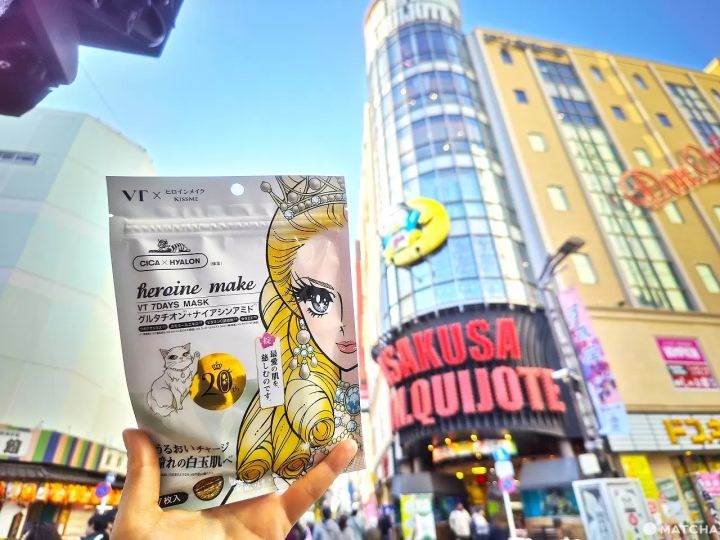

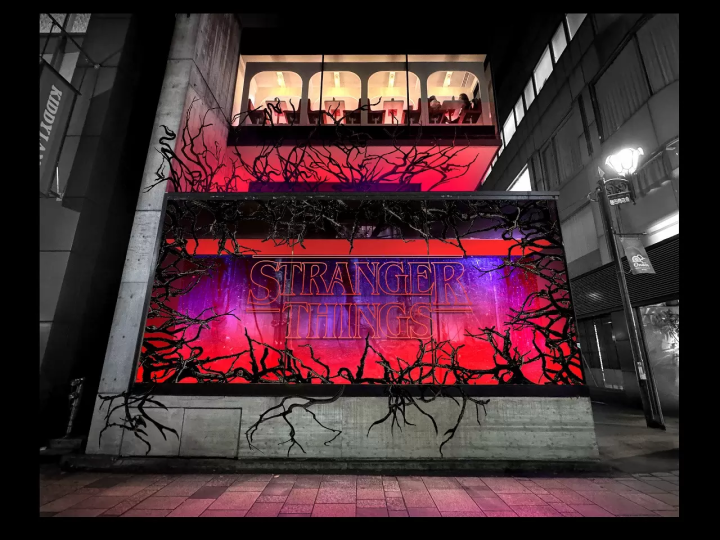
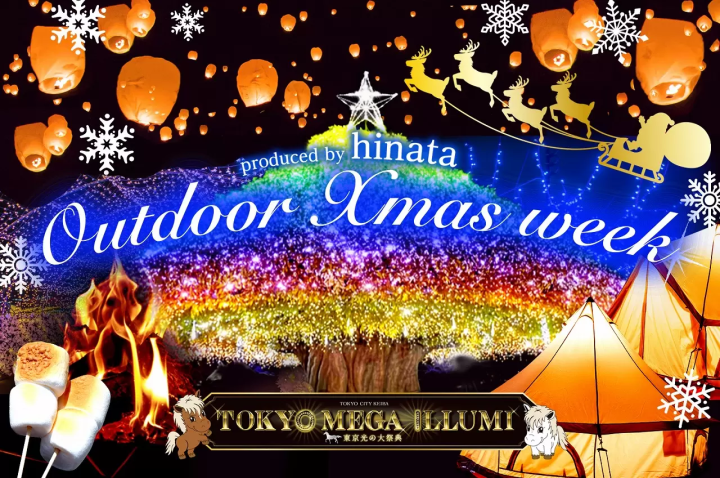





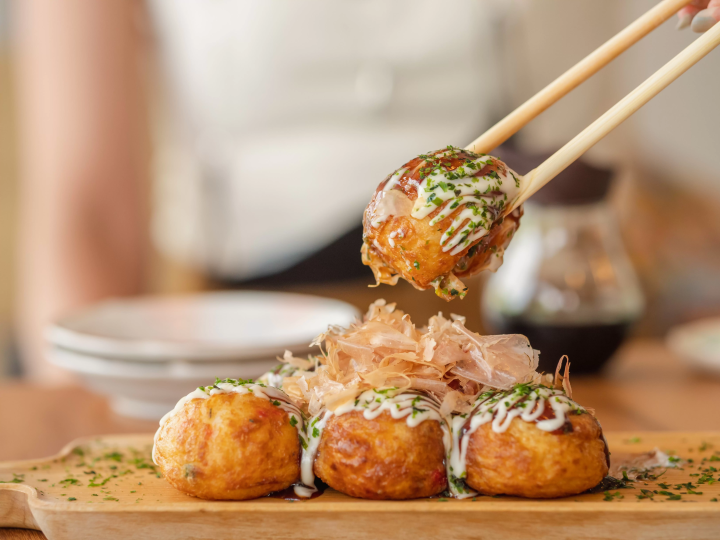
![[2026 Edition] FORMUAL 1 JAPANESE GRAND PRIX Information](https://resources.matcha-jp.com/resize/720x2000/2025/10/05-245984.webp)
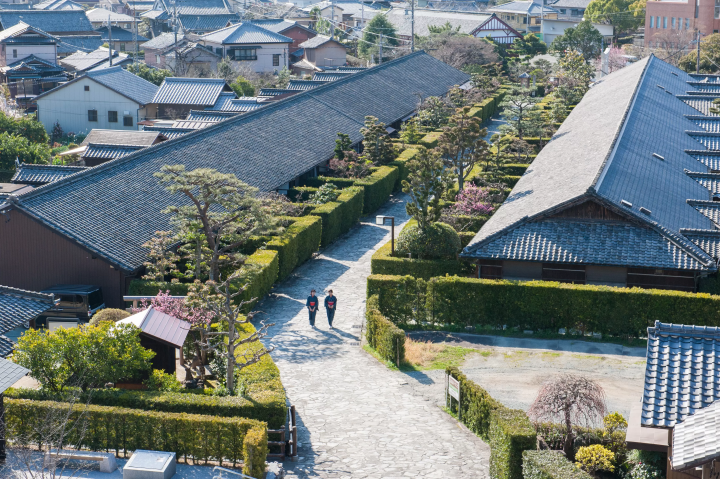

![[2025 Update] Namba's spectacular illuminations! "Namba Hikari Tabi" with approximately 1 million shining lights](https://resources.matcha-jp.com/resize/720x2000/2025/12/12-252825.webp)